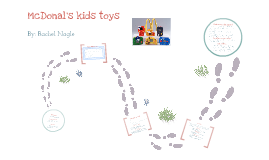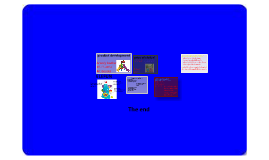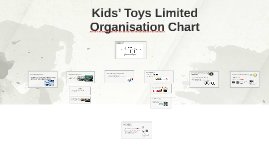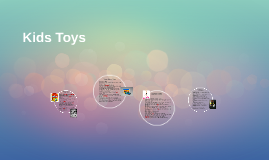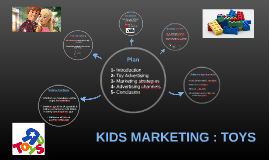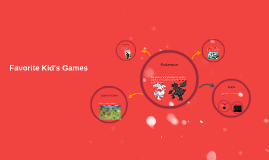Kids Toys
Transcript: Invented in 1953 Invented in England, but quickly spread to the United States Produced by Lesney Products The 3 minds behind the cars were Jack Odell, Leslie Smith, and Rodney Smith Jack Odell had a daughter whose school would only allow kids to bring in toys that would fit in a matchbox First model was of Queen Elizabeth II's coronation car The company made 3 more models: MB1 Diesel Roadroller, MB2 Dumper, MB3 Cement Mixer Produces in sets of 75 different models The size of the cars are 2.5-3 inches is length Mattel then bought rights to matchbox in 1996 Mattel also own Hot Wheels Play-do invented in 1956 Created by Joe McVicker and Bill Rhodenbaugh Originally name Rainbow Modeling Compound Wallpaper cleaner in 1930s Composed of flour, water, salt, boric acid, and mineral oil Children in schools used wallpaper cleaner and modeling clay Product was reworked and marketed to Cincinnati schools in the mid 1950s A year after realease, it was offered in primary colors. Advertisements promoting it on children's tv shows enhanced product sales in 1957 Originally advertised with kids on packaging Replaced by Play-do Pete, an elf mascot Generated a considerable amount of merchandise like the Fun Factory The Fun Factory is a toy press that forms Play-do Companies: Kutol(1955),Rainbow Crafts(1956), Hasbro(since 1991) Sold over 2 billion cans "Fun to play with but not to eat" Matchbox Cars Invented in 1954 A young, rich couple in Canada thought of game on a trip with friends They called it Yacht because they played the dice game on a yacht Spread the game rules to other friends The release of the game was not intil 1956 Edwin S. Lowe, a famous game entrepreneur, received permission to purchase the rights of the game The game was not popular at first Lowe thought the game was a waste of time at first Advertised with Yahtzee parties Exploded in popularity After 7 years Lowe sold over 40 million copies worldwide In 1973 Milton Bradley purchased rights to Yahtzee Hasbro finally purchased in 1984 50 million copies are sold each year Yahtzee Founder of Barbie was Ruth Handler Ruth Handler was the co-founder of Mattel, Inc. in 1945 with her husband She realized that young girls wanted a toy that showed them in the future instead of baby dolls Modeled on a doll named Lilli, a German comic strip character Mattel bought rights to the doll and started their creation They named in Barbara after Ruth's daughter It made its debut on March 9th, 1959 at the American Toy fair in NYC It was originally 11 inches tall First toy with adult features Commercials on tv increased the popularity Barbie provided an alternative to traditional gender roles by making the doll have different occupations Barbie's boyfriend Ken came along in 1961 Since 1993, Barbie made 1 billion dollars annually Kids Toys Barbie Dolls







